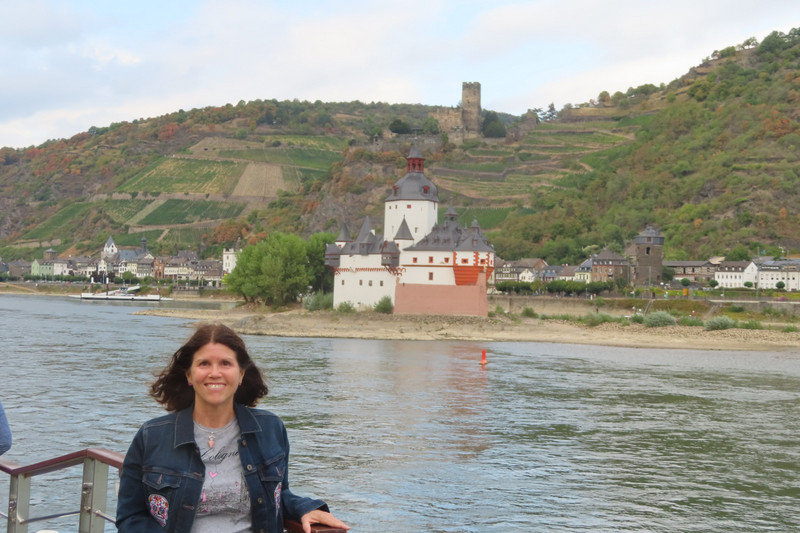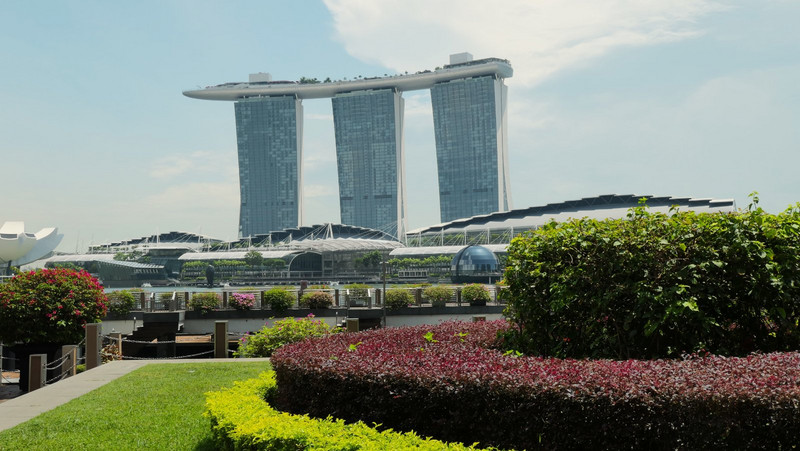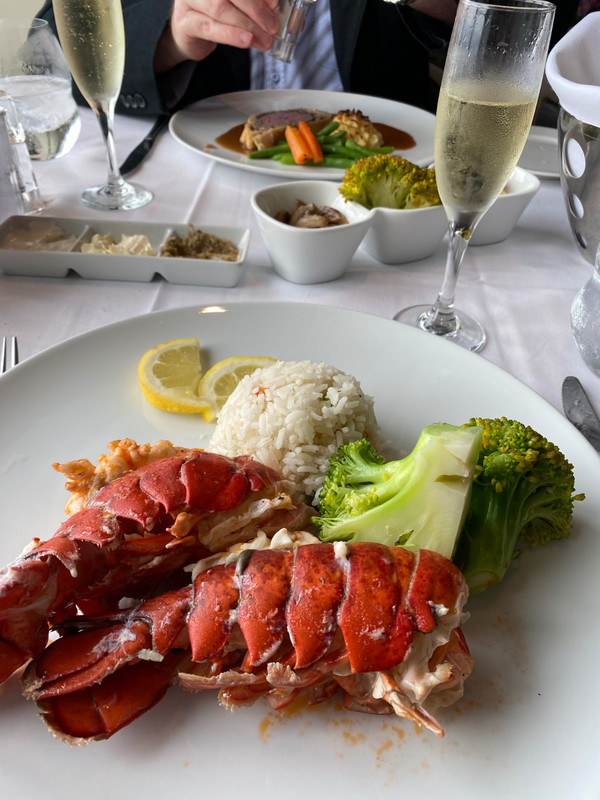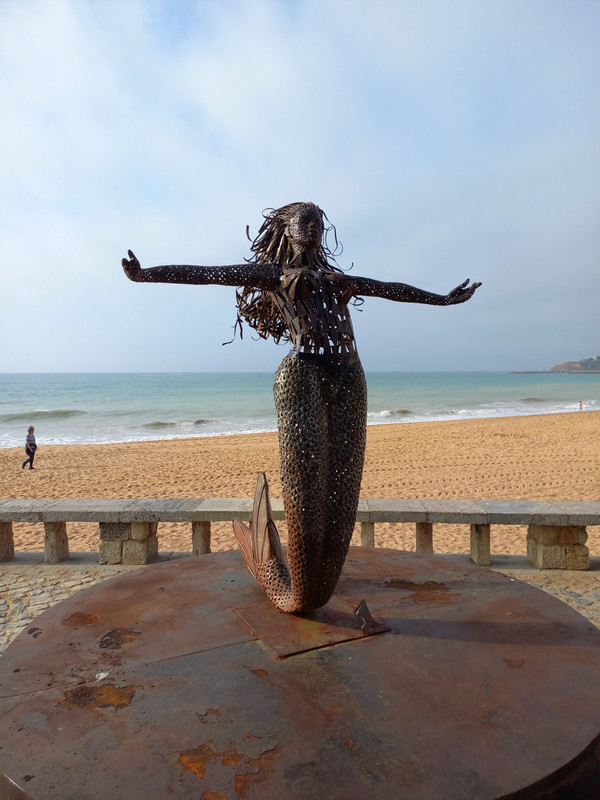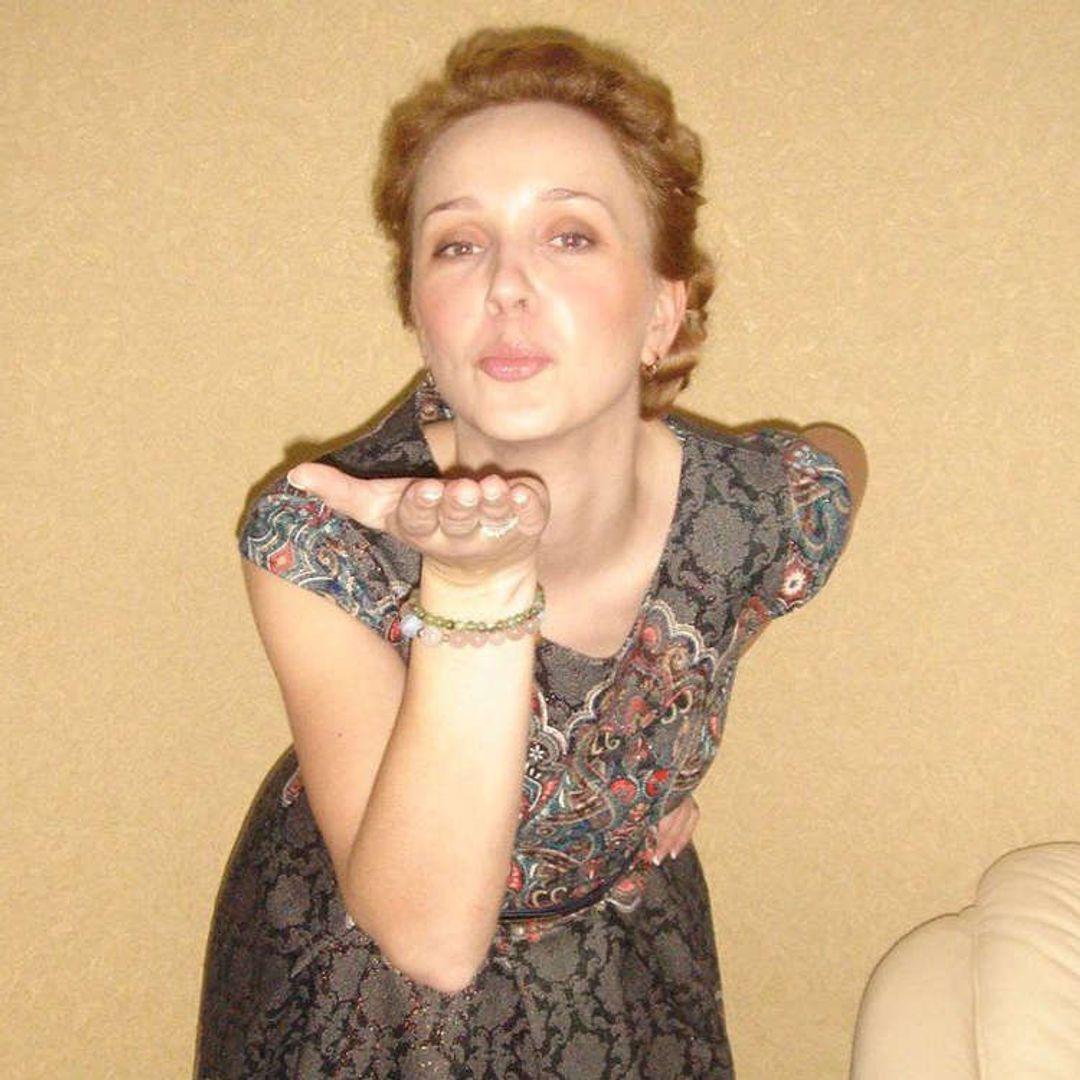Today was an easy morning, as we were able to sleep in a little later, grab a quick breakfast in the restaurant as the boat was pulling into the dock at Koblenz. From When we got off the ship, we could see the Ehrenbreitstein Fortress and cable cars above us, but we werent visiting the fortress, we boarded the bus for a short ride to Marksburg Castle. Originally built in the 12th century, and updated through the 15thcentury, it is one of the only castles on the Rhine that has never been destroyed or fallen into disrepair. It passed through various hands through the centuries until it was donated to the German Castles Association in the 1900s and became the head office of the association. The head of the German Castles Association actually lives in the upper floors of the castle and maintains offices below his residence.
They warned us when we signed up for this tour that it was strenuous and difficult, and I understand their concern, but it wasnt so much strenuous as it was unstable. The floors and walkways were mostly original, and the entrance was originally a ramp for horses, that in later centuries had been
somewhat upgraded to something that resembles steps. Some of the passageways were extremely narrow, and the one from the chapel to the weapon room was so narrow, there was only room for a rope handrail. Most of the steps everywhere, if they existed at all were worn and deteriorated. But Jody and I are well experienced cave explorers, so we had little difficulty negotiation the halls of Marksburg Castle. Anyone with balance or mobility issues were suitably warned away.
We met our guide, Daniel, who seemed reasonably knowledgeable about the castle, but did have some difficulty with some of the more inane questions like: Where were the cannons made? (They are Napoleon era cannons from elsewhere as the originals were melted down in WW2 for the steel) Who maintains the gardens? Can the head of the German Castle Association park his car up near his residence?. But he did great with the historical stuff.
There was a blacksmith shop with an array of tools, the kitchen, main hall, and master bedroom, furnished as they might have been in the middle ages. The master bedroom was the only heated room in the house, other than the heat from the
kitchen fires. The master bedroom was heated by a cast iron stove in the wall with a door through the wall, so the servants could keep the stove fire burning from an adjoining room, so they wouldnt disturb the occupants while they were sleeping. The main hall had a long table where the occupants would gather for daily activities, and also included an indoor toilet. Well, it was sort of indoor, there was an enclosed balcony built of wood that protruded out from the main hall on an upper floor. The toilet opening allowed the contents to drop outside the building to the ground below, assuming this would keep the garden fertilized. There was a locked door to the toilet area that would be locked at night to keep someone from putting up a ladder and climbing up and through the toilet opening and getting into the castle.
There was also a room set up with a display of armor through the ages, from the time of the Romans until about the 16th century when the invention of the crossbow and the musket made armor obsolete except for ceremonial events. It was interesting to see the evolution of armor
After thr armor room, we headed into a lower room that had been set up with various pieces used for torture and punishment. The torture equipment was basically used to extract a confession to an either real or imagined crime. Mostly these were the traditional rack or some vertical version where the person was suspended and weights were added. Often the existence of the torture device and showing the person what was to be done was enough to extract a confession without it even being used. Once the person had confessed, the punishment devices were used.
